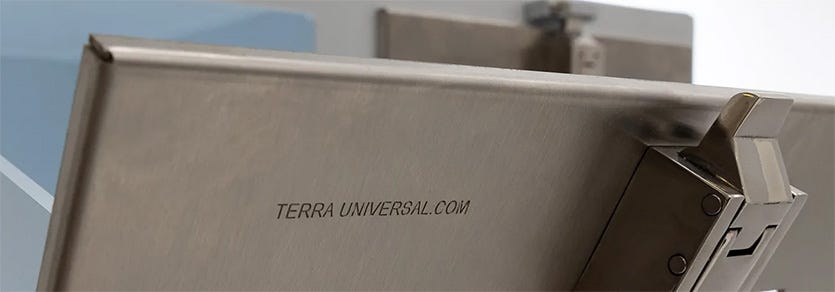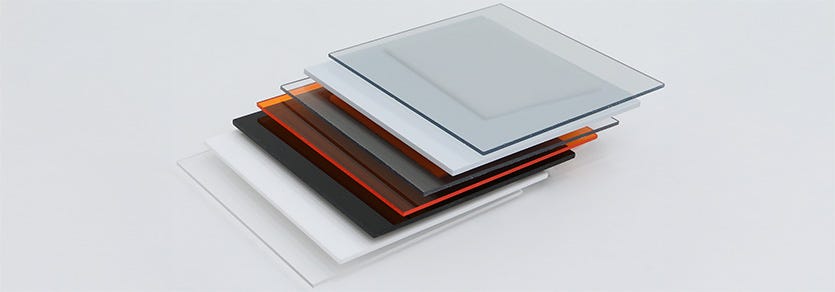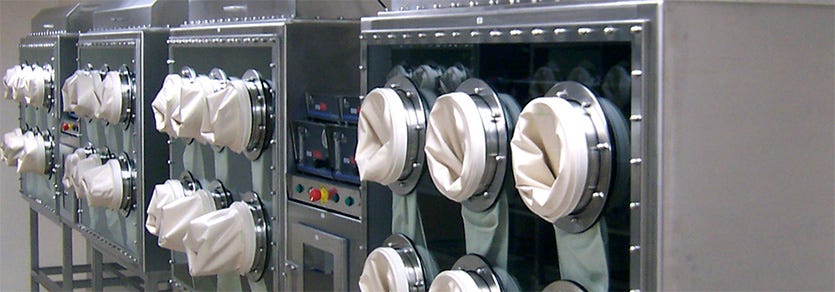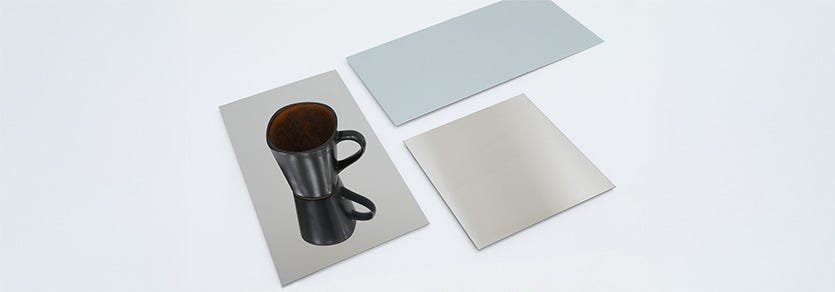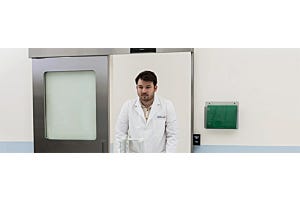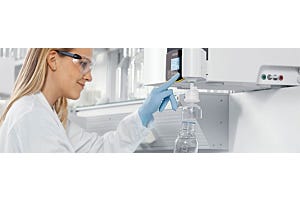Terra Universal manufactures a vast selection of stainless steel products for cleanrooms, hospitals, laboratories, and other controlled environments. Among these steel-constructed products, you'll find tables, workstations, glove boxes, pass-throughs, doors, and more.
- (714) 578-6016
Mon-Fri, 7am - 6pm PST



